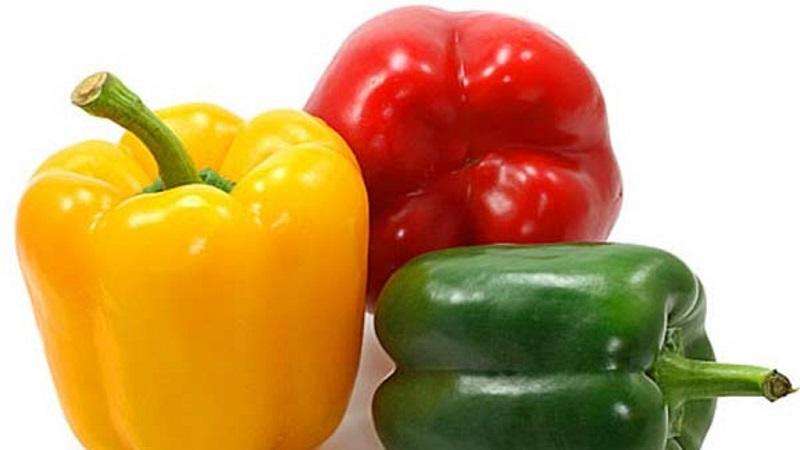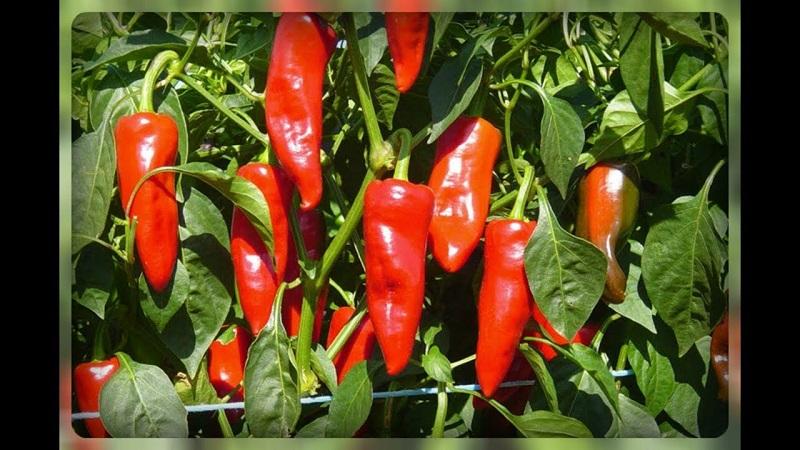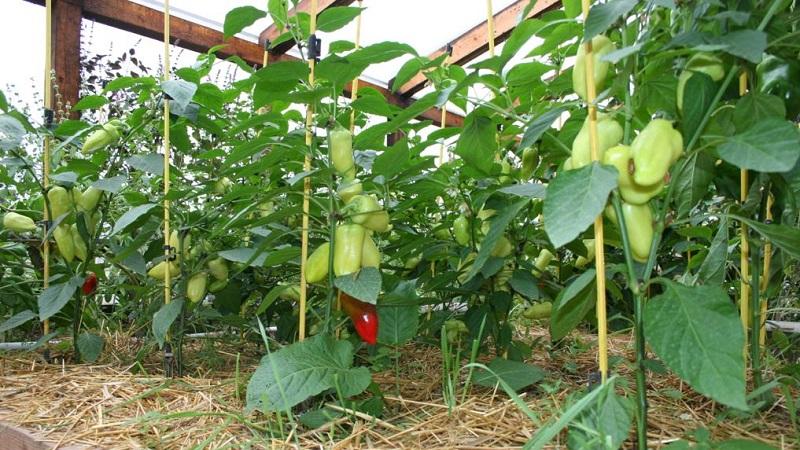Crop rotation rules that should not be ignored: what to plant after pepper next year
It can be difficult for novice farmers to correctly plan the sequence of planting crops in their summer cottage. But knowing the basic rules of crop rotation, this is easy to fix. In our article, we will talk about how to improve the quality and quantity of the crop, how important the compatibility of plants is and how to correctly select them to replace each other.
The content of the article
Crop rotation rules and the role of crop rotation
Experienced gardeners should not plant the same plant in a strictly defined place for it. The earth, like any living organism, needs rest.
Compliance with the rules of crop rotation (crop rotation) leads to a high-quality and bountiful harvest, even in a small summer cottage. Therefore, they should not be ignored, but, on the contrary, taken as a rule, never deviate from them.
Competent crop rotation in the garden is necessary for a beneficial effect on the structure of the soil and its composition. On average, the interval for planting one plant in a certain place is 2-3 years. But the earth requires more time to rest from some vegetables: from cabbage - 7 years, from carrots, cucumbers and parsley - 4-5 years.
Do not forget that some plants not only do not deplete the soil, but vice versa, enrich it with useful substances.

Then plant sweet peppers and what to plant after
Crop rotation rules do not recommend planting bell peppers after:
- physalis;
- potatoes;
- eggplant;
- tomato;
- tobacco.
After which crops can be planted:
After them, the soil is loose and well fertilized, and bell peppers will not only take root, but also please with their harvest. Also good predecessors are onions and garlic.
Important! It is strongly not recommended to plant peppers where tomatoes previously grew and vice versa. This is due to the fact that they belong to the nightshade family, and therefore are affected by the same pests and suffer from the same diseases.
What crops can be planted in the neighborhood
Since this vegetable depletes the soil, it is picky about planting changes. He is no less demanding of neighboring plants. In general, he can be called capricious, therefore, the neighbors next to him are reluctant to take root.
The ideal neighbor for him is a bush beans, and peas and beans... Due to the specific smell of legumes, pepper is protected from pests. In addition, there is no need to compete for nutrients in the soil. Legumes feed the soil with nitrogen, due to which the pepper grows.

Then plant hot pepper and what to plant after it
Bitter peppers are in no way inferior to sweet peppers in their exactingness to the soil and neighboring crops. He can also be called moody with confidence. But for the high content of vitamin C in it and the iridescent colors (green, red, orange), which the garden bed is full of when it ripens, gardeners willingly forgive all the whims of the pepper and are affectionately called "useful pet".
The best neighbors for hot peppers are various herbs: chamomile, mint, coltsfoot, nettle, spinach, lettuce. Basil, dill, thyme, cilantro also grow very well next to it. The most important thing is to make sure that there are many times more pepper than herbs, otherwise the herbs will begin to take nutrients from the roots of the pepper and create unnecessary shade.
Growing in a greenhouse
As for growing a capricious vegetable in a greenhouse, the rules for crop rotation are the same as in the open field. However, due to the small area, the planting of the nightshade family in the greenhouse is repeated, having previously fed the soil with a complex of fertilizers and etched it with insecticides and pesticides against pests and diseases. But nevertheless, do not forget that pepper dramatically depletes the soil.

What to plant after pepper next year
It is because of the depletion of the soil after the pepper for the next year it is not recommended to plant strawberries. Moreover, she will "sit" in the same place for at least four years.
Strawberries consume a lot of nutrients necessary for growth and development, and in unfavorable conditions, its berries will not be able to gain juiciness and color and will be sour and inconspicuous.
But root crops and cereals will take root perfectly in the land where pepper grew a year earlier.
Important!Do not make your neighbors sweet and hot peppers. When pollinated with hot pepper, the sweet will acquire a bitter taste.
Tips & Tricks
 What should you pay attention to when growing a crop?
What should you pay attention to when growing a crop?
These tips and tricks will help you save time and energy:
- Pepper is a thermophilic culture; it should not be planted in cold ground (below 14 ° C).
- It is better to water it at the root.
- Use organic fertilizers as top dressing.
- The permissible temperature in the greenhouse is not less than 21 ° C and not more than 27 ° C.
- The distance between the bushes when planting is 0.5-0.7 meters.
- The vegetable bush needs a garter so as not to break from its own weight.
- The fruits removed in time relieve the plant from overload.
Conclusion
We add that in the cultivation of pepper, compliance with the rules of crop rotation is of great importance. Unlike many crops, this vegetable requires loose, nutrient-rich soil that has been treated with insecticides.
His quarrelsomeness with many cultures suggests the need for careful selection of neighbors. Also, do not forget about the features of care for growth and development. But if you do not ignore the above laws of crop rotation, the summer cottage will reward you for your patience and work.